UW-Madison
-
This UW-Madison spinoff is making environmentally friendly cement. The secret ingredient is pollution.

December 1, 2025
Alithic combines carbon dioxide, coal ash to make cheaper, stronger building material Taken individually, coal ash and excess carbon dioxide are harmful pollutants. Combined in just the right way, they form a durable, inexpensive, and environmentally friendly building material. University of Wisconsin–Madison spinoff Alithic is leveraging this unique formula to turn waste streams from liabilities into profits, […]
-
BenthicNet: How an Aquatic Insect Project Is Revitalizing Biomonitoring in Wisconsin
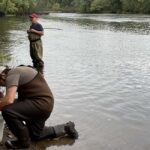
November 20, 2025
Andrew Malacara raves about “Bug Camp,” the informal name for training workshops that are part of a new project funded by the Freshwater Collaborative of Wisconsin. Malacara is one of six students from UW-Parkside, UW-Stevens Point and UW-Madison who are participating in BenthicNet. The training program includes experts from the three universities as well as […]
-
Parkinson’s treatment tested at UW-Madison showing promise in first clinical trial
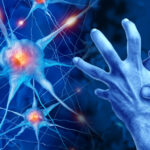
November 14, 2025
Parkinson’s patients are receiving a new investigational treatment after a successful study at the University of Wisconsin–Madison helped demonstrate the cell therapy’s safety in non-human primates and refine the method for its delivery. Now, the biotechnology company running the trial is reporting encouraging results. Aspen Neuroscience recently announced they would enroll a third group of patients […]
-
UW fostering closer research ties with federal defense, cybersecurity agencies
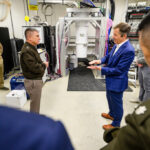
November 3, 2025
Traumatic brain injuries can be debilitating and sometimes culminate in permanent disability. While many people who experience a TBI are simply the victims of an unlucky accident, certain careers carry an outsize risk for brain injuries. Many of these risky jobs are in the military, and that’s why the United States Department of Defense has […]
-
With milk testing and new tools, UW-Madison scientists are helping prevent bird flu outbreaks in Wisconsin and beyond
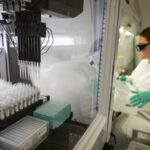
October 27, 2025
On a recent Thursday morning, Becky was hard at work at the University of Wisconsin–Madison’s Wisconsin Veterinary Diagnostic Laboratory (WVDL). A few test tubes at a time, hundreds of milk samples were carefully poured, measured and prepared for testing. Becky doesn’t wear a typical lab coat or safety glasses. Why? Because Becky is a Biomek […]
-
Bucky’s Tuition Promise boosts retention rate for lower-income students, long-term study finds
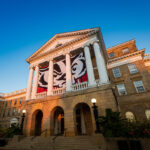
October 16, 2025
A flagship financial aid program at the University of Wisconsin–Madison that provides generous support to in-state students from low- to moderate-income families increases student retention by several percentage points, according to new research. The study, published this month in the Peabody Journal of Education, is the first to assess the long-term outcomes of Bucky’s Tuition Promise, which […]
-
A global hub for Hollywood history
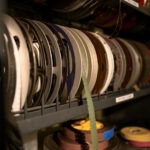
October 6, 2025
UW–Madison’s Wisconsin Center for Film and Theater Research preserves priceless materials from the entertainment industry If you dream of reading the original screenplay that kicked off the “Jurassic Park” film franchise — leading to this summer’s blockbuster “Jurassic World Rebirth” 32 years later — look no further than Box 1, Folder 15, of the David […]
-
Bridging the Gap: How UW–Madison’s Center for Aging Research and Education Transforms Care for Rural and Aging Wisconsin
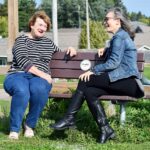
September 29, 2025
In the rolling hills and tight-knit communities of rural Wisconsin, the nearest hospital may be an hour’s drive away, making it difficult for everyone from expectant parents to older people managing chronic conditions to get the care they need. As the state’s demographics shift and the average age of the population increases, this lack of […]
-
Robotic space rovers keep getting stuck. UW-Madison engineers have figured out why.
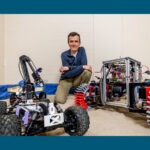
September 12, 2025
When a multimillion-dollar extraterrestrial vehicle gets stuck in soft sand or gravel — as did the Mars rover Spirit in 2009 — Earth-based engineers take over like a virtual tow truck, issuing a series of commands that move its wheels or reverse its course in a delicate, time-consuming effort to free it and continue its exploratory mission. While Spirit remained […]
-
Recycling lithium from old electric vehicle batteries could be done cheaply with new electrochemical process
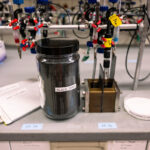
September 9, 2025
With ever more electric vehicles on the road, regulators and automakers are considering what can be done with the millions of batteries that power EVs after they’re spent. Even when their useful life is over, EV batteries contain valuable lithium that could theoretically be recycled and used in new batteries, but coming up with a […]
